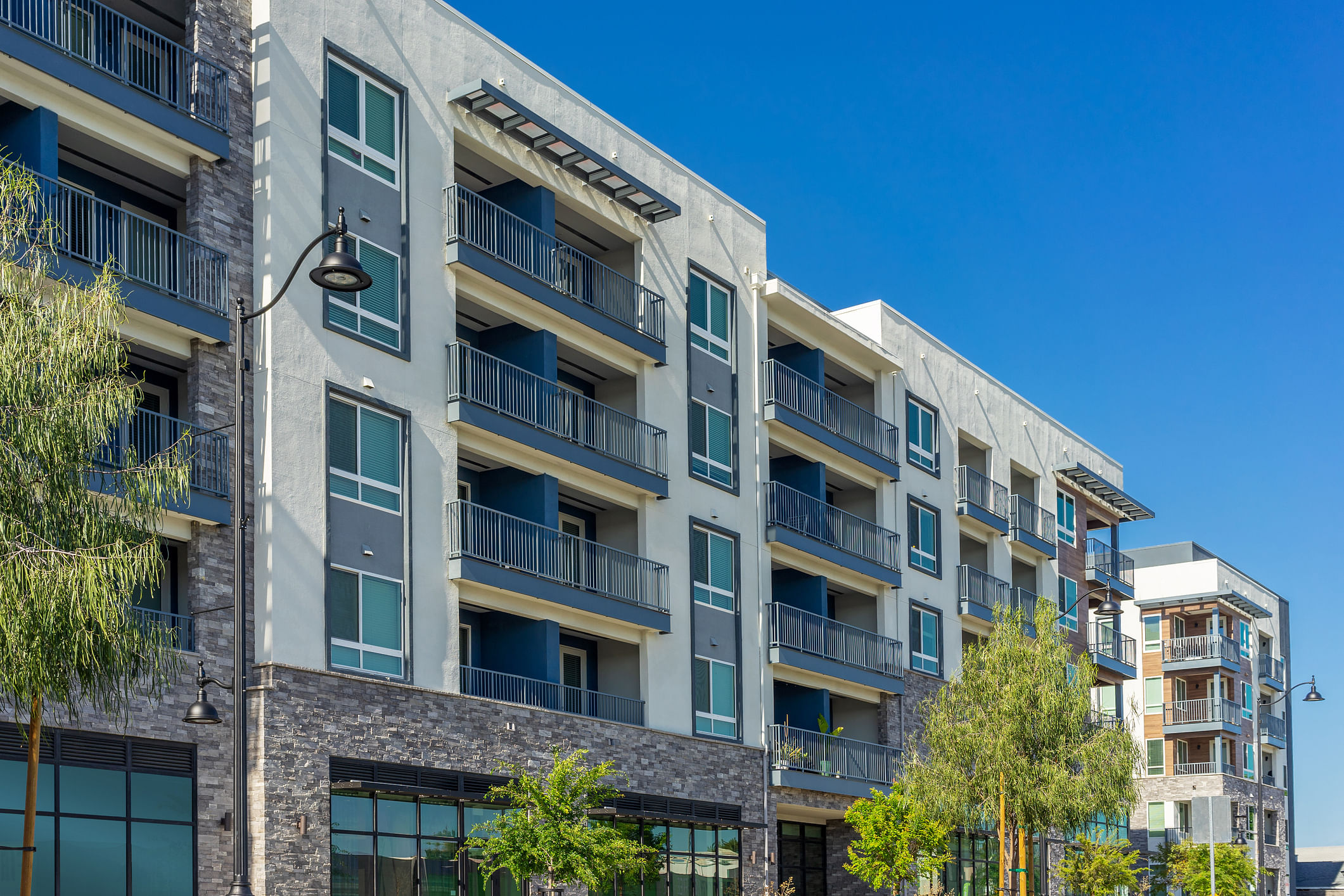By: Demetria Mantalis
Amid a bona fide housing crisis facing California, the state has turned to a powerful and controversial new solution: the Builder’s Remedy. The Builder’s Remedy, found in the State’s Housing Accountability Act, is an emergency tool designed to create housing at an unprecedented rate. Described as the “unruly teenager” of California’s housing laws, the Builder’s Remedy is what some see as a last-ditch effort to create a greater housing supply. While developments typically require months (and sometimes years) of permitting and approval processes, the Builder’s Remedy allows certain new construction projects to avoid the permit review process altogether. In concept, simplifying the “red tape” of construction thus incentivizing builders to construct not just developments for high income renters, but also to focus on creating more affordable housing.
The Housing Accountability Act is a California law designed to promote the creation of a greater housing supply. It requires cities to create Housing Elements, which are plans that outline how they intend to create housing supply which satisfies state mandates. Through the Builder’s Remedy, when local cities or counties fail to meet their Housing Element deadlines, private developers can step in and take on that role—private developers can submit building plans in areas where Housing Elements have not been created. Local governments are required to approve those plans, no matter how discordant they are with the local community. So while certain affordable housing and income restrictions must be satisfied in the developer’s plan, local zoning laws can be ignored.
When enacting the law, the state hoped that the provision would motivate local government to be more pro-active in taking on their state housing goals, rather than allowing private developers to take the reins. However, the reality of the Builder’s Remedy has not been quite that simple. While the provision was recently reformed in September, the exact meaning of the rule has been contested. Many cities and communities in the state find that the law is either too confusing or unacceptable in application. For example, Beverly Hills failed to meet its Housing Element deadline, and since then, over a dozen plans have been submitted under the Builder’s Remedy provision. While the city has tried to push back on granting approval to these projects, Governor Newsom has stated that refusal to grant approval would be a violation of state law. The city, and many of its residents, are still fighting to block these developments and the outcomes are yet to be seen.
Beverly Hills is not the only California city going head-to-head with developers over this provision. In La Cañada Flintridge, developers submitted plans for a mixed-use development after the city was non-compliant with the Housing Element law. After receiving the developer’s plan, the city refused to approve it arguing that it violated local zoning regulations and that use of the provision was moot. To deem the developers use of the Remedy moot, the city retroactively certified their own Housing Element. The Superior Court found that the under the provision, the city was required to approve the developer’s plan regardless of how it impacted current zoning regulations. The court also held that the right to enact the Builder’s Remedy was established on the date the city failed to timely receive certification for their housing plans. Once a city’s Housing Element deadline has passed, they cannot retroactively receive certification to curtail developers from enacting the Remedy. In the coming months, more litigation is expected to determine the limitations for builders and the exact approval requirements for cities.
While the Builder’s Remedy may seem like a fast-track solution to the ongoing housing crisis, it is not without significant risks, and valuable arguments exist both for and against the provision. At its best, it will satisfy one of the most valuable needs that California is currently struggling to meet. A greater affordable housing supply will give more people opportunities to find homes. By forbidding denial of substantially compliant projects, the provision will also combat inaction by cities and counties who are attempting to appease ‘NIMBY’ residents. At its worst, the provision allows private developers to override local zoning laws which are in place for a reason. In addition, the expedited approval process increases the risk of developments encroaching on environmentally sensitive areas. Moreover, with reduced oversight from members of the local government, private developers may also target areas that lack the infrastructure to support large scale-housing projects. This creates the risk of worsening existing problems like traffic congestion and stressing already overburdened public utilities.
Ultimately, the Builder’s Remedy represents a bold but contentious approach to addressing California’s severe housing shortage. While it offers a potential solution to the state’s chronic undersupply of affordable housing by bypassing local roadblocks, it also raises serious concerns about the balance between statewide housing needs and local governance. As more developers begin invoking the provision and more cities grapple with its implications, the true impacts of the Builder’s Remedy will become clearer. Stay tuned to see how this will play out in California communities.
